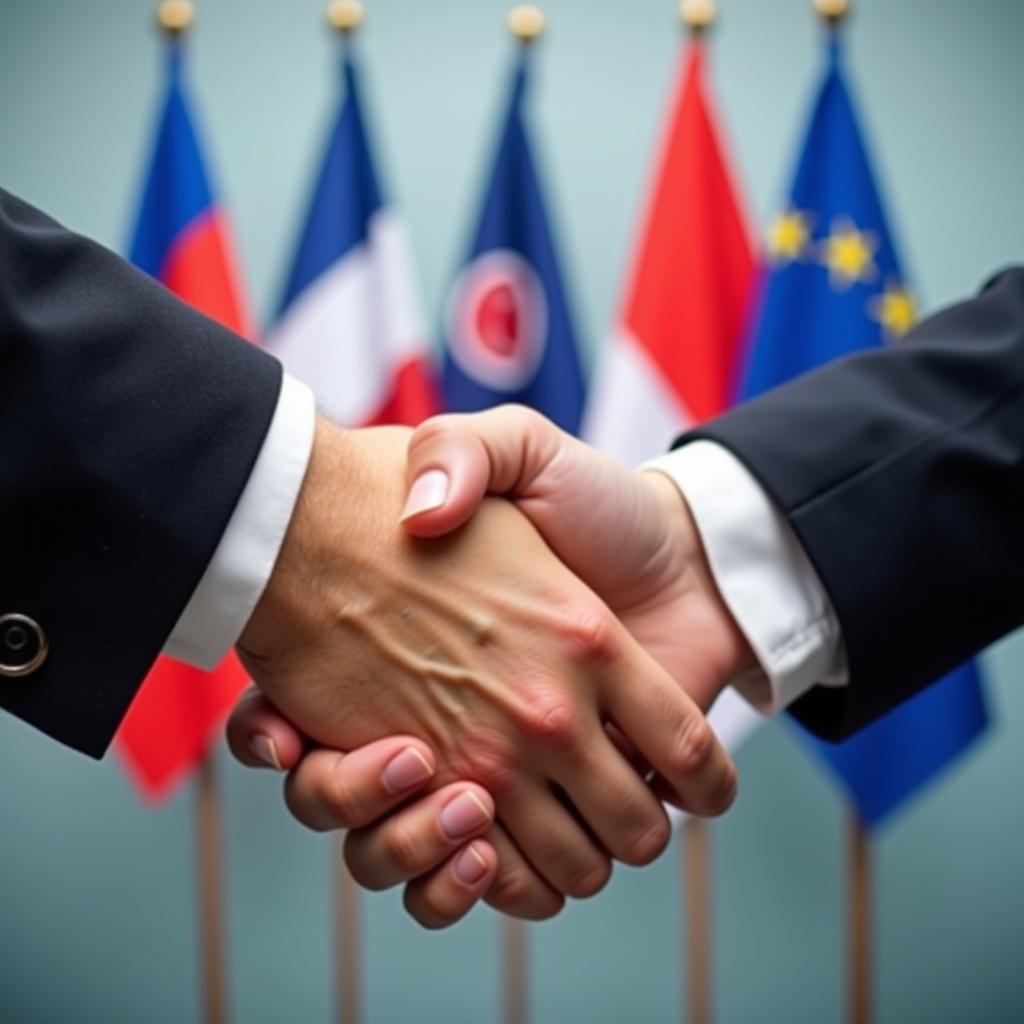The 10 Asean Nations represent a vibrant tapestry of cultures, economies, and histories. This article delves into the heart of Southeast Asia, exploring the unique characteristics of each member state and highlighting the collective power of this dynamic regional bloc. 10 asean member
Unveiling the Diversity of the 10 ASEAN Countries
The Association of Southeast Asian Nations (ASEAN) comprises ten distinct countries: Brunei, Cambodia, Indonesia, Laos, Malaysia, Myanmar, the Philippines, Singapore, Thailand, and Vietnam. Each nation contributes to the rich mosaic of ASEAN, bringing its own unique flavor to the regional table. From the bustling metropolises of Singapore and Kuala Lumpur to the ancient temples of Angkor Wat and Bagan, the region offers a kaleidoscope of experiences.
The economic landscape of the 10 ASEAN nations is equally diverse. Singapore, a global financial hub, stands in contrast to the developing economies of Laos and Cambodia. However, this diversity fuels economic cooperation and provides opportunities for mutual growth and development. The ASEAN Economic Community (AEC) aims to create a single market and production base, fostering greater economic integration and prosperity for all member states.
Navigating the Political Landscape of the 10 ASEAN Nations
ASEAN operates on the principles of non-interference and consensus-based decision-making. This approach allows member states to address regional challenges collaboratively while respecting each nation’s sovereignty. The organization plays a crucial role in maintaining peace and stability in Southeast Asia, promoting dialogue and cooperation on issues ranging from territorial disputes to counter-terrorism.
What are the 10 Member States of ASEAN?
The 10 member states of ASEAN are:
- Brunei
- Cambodia
- Indonesia
- Laos
- Malaysia
- Myanmar
- Philippines
- Singapore
- Thailand
- Vietnam
Why were the 10 ASEAN nations formed?
The formation of ASEAN in 1967 was driven by a shared desire for regional stability and cooperation amidst the Cold War tensions. The founding members sought to establish a platform for dialogue and collaboration to address common challenges and promote economic, social, and cultural development.
How does ASEAN benefit its 10 member nations?
ASEAN provides a framework for enhanced cooperation in various sectors, including trade, investment, tourism, and education. ase reference poster The AEC facilitates greater economic integration, while other initiatives promote cultural exchange and people-to-people connectivity.
“ASEAN’s strength lies in its unity amidst diversity. By working together, these 10 nations can amplify their voices on the global stage and address shared challenges more effectively,” shares Dr. Amelia Tan, a Southeast Asian political analyst.
How has ASEAN evolved since its formation with the 10 member nations?
From its initial focus on political and security cooperation, ASEAN has broadened its scope to encompass economic, social, and cultural dimensions. The establishment of the AEC marked a significant milestone in the organization’s evolution, paving the way for deeper economic integration.
“The 10 ASEAN nations have demonstrated remarkable resilience and adaptability in navigating the changing global landscape. Their commitment to regional cooperation has fostered peace and prosperity in Southeast Asia,” observes Professor Lee Wei Ming, an expert on ASEAN affairs.
The Future of the 10 ASEAN Nations
The 10 ASEAN nations are poised for continued growth and development. As the region becomes increasingly interconnected, further collaboration and integration will be crucial to addressing emerging challenges and harnessing the full potential of this dynamic bloc. asean acia
In conclusion, the 10 ASEAN nations represent a compelling story of regional cooperation and progress. Their diverse strengths and shared commitment to a prosperous future make ASEAN a force to be reckoned with on the global stage.
FAQ
- What does ASEAN stand for?
- Association of Southeast Asian Nations
- When was ASEAN founded?
- 1967
- What is the ASEAN Economic Community?
- A single market and production base aimed at fostering greater economic integration.
- What are the key principles of ASEAN?
- Non-interference and consensus-based decision-making.
- How does ASEAN contribute to regional stability?
- By promoting dialogue and cooperation on various security challenges.
When you need support, please contact us by phone: 0369020373, email: aseanmediadirectory@gmail.com or visit our address: Ngoc Lien Village, Hiep Hoa, Bac Giang, Vietnam. We have a 24/7 customer service team.


